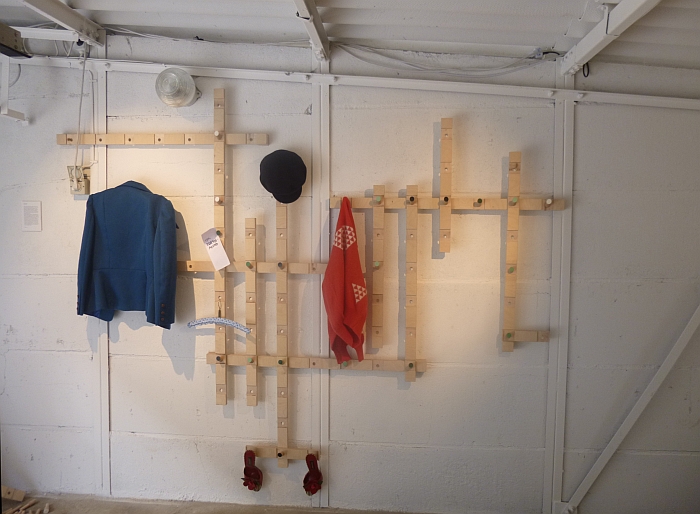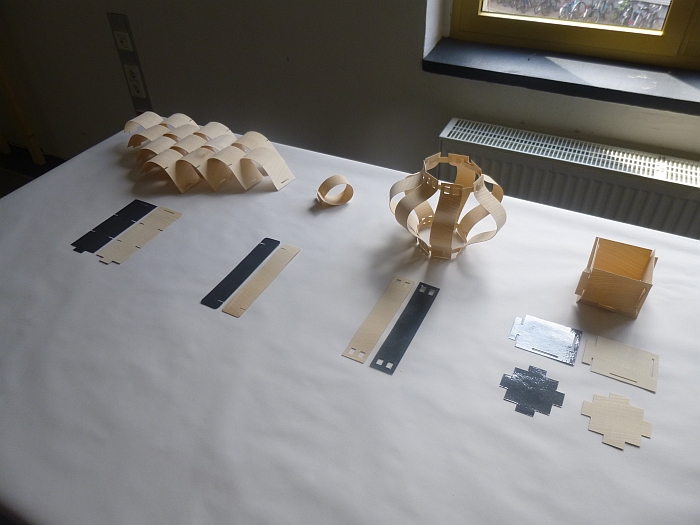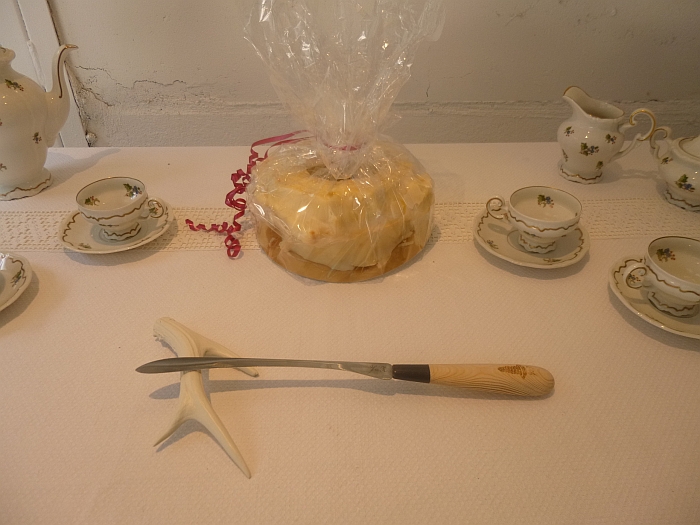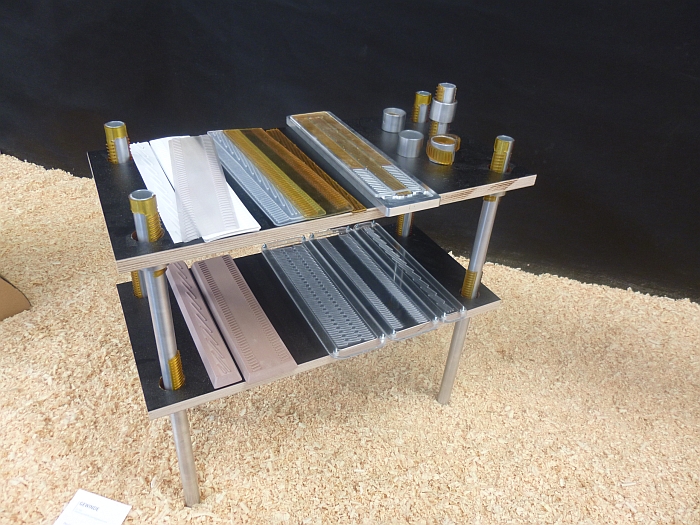Burg Giebichenstein Halle Summer Exhibition 2015
Taking a few minutes break from the 2015 Burg Giebichenstein Halle Summer Exhibition we sat ourselves on a low wall to enjoy a well earned coffee and to digest and reflect on what we had seen, when we slowly became aware of the unmistakable tones of Morrissey’s “Everyday is like Sunday” drifting across the college’s Neuwerk campus.
“Armageddon, come Armageddon! Come, Armageddon! Come!”
Give that in the course of its 100 year history nuclear obliteration is just about the only twist of fate not to have afflicted Burg Giebichenstein, impelling the spirit of the Bard of Salford may not on the face it have been the cleverest of ideas; however, the quality of the work on display at the 2015 summer exhibition ably demonstrated that Burg Burg Giebichenstein would, in all probability, survive Armageddon as eloquently and nonchalantly as it has survived Nazi Germany and East Germany.
And also presented a collection of projects which equally proved that despite Morrissey’s protestations, not everything is silent and grey. Far from it.
Here four projects which particularly caught our attention
Garderobe7 by Juliane Huhn
Created in context of the semester project “Pro Familia” Garderobe7 by Juliane Huhn is an infinitely extendible clothes and coat rack system conceived to provide hanging and storage options for all members of an extended family, irrespective of height. Based around a delightful analogue “plug and play” system the wooden struts are held in place by the wooden hooks. Featuring struts of differing lengths Garderobe7 can be extended vertically and horizontally as required and thus not only provide the necessary volume of storage space but also hooks at a suitable height for all family members. In addition we were very taken by the way it sits snug on the wall, thus meaning it wont take up unnecessary space, an important consideration in context of modern hallways where space is less a premium and more a luxury. And of course as a system it offers the possibility for an innumerate number of add-ons and additional features.

Garderobe7 by Juliane Huhn Burg, as seen at the Giebichenstein Halle Summer Exhibition 2015
one way by Stephan Hildebrandt
As with the project Die Programmierbarkeit des Werkstoffes Holz by Roy Müller as seen at the Bauhaus University Weimar’s Summaery 2015 showcase one way by Stephan Hildebrandt tackles the question of selective, non-mechanical moulding of wood, specifically in this case veneer. Employing the fact that damp veneer rolls perpendicularly to the component fibres Stephan Hildebrandt has developed a process whereby through treating the veneer with a water resistant material one can influence the way the veneer rolls and thus form specific shapes. The examples on show in Halle cried out “lamp! lamp! lamp!”, but we’re sure that is just one of numerous applications, assuming that is Stephan can develop the process up from the small scale workshop level to an, at least, semi-industrial level.

one way by Stephan Hildebrandt, as seen at the Burg Giebichenstein Halle Summer Exhibition 2015
Baumkuchenmesser by Friedrich Rosenthal
Friedrich Rosenthal’s great grandfather was a leading figure in the traditional Baumkuchen industry in the northern German town of Salzwedel. A speciality of the region, Baumkuchen is an excessively elaborate, and correspondingly excessively expensive cake, whose production process and form have nothing to do with efficiency and reduced simplicity. Looking to create an appropriate keepsake to the memory of his great grandfather Friedrich Rosenthal has designed a knife specially formed for cutting Baumkuchen.
No the world doesn’t need a Baumkuchen knife. Normal knives work fine. Always have done. Always will.
But not only is Friedrich Rosenthal’s elegantly reduced design a delightful contrast with the unashamed debauchery of the Baumkuchen it is intended to cut, but with its hand-crafted mix of wood and steel it has the potential to be come a family heirloom every bit as precious as the memory of the great grandfather it was created in honour of.

Baumkuchenmesser by Friedrich Rosenthal, as seen at the Burg Giebichenstein Halle Summer Exhibition 2015
Gewinde by Li Yin
One of the principle roles of designers is to further develop existing systems, process and objects. To develop them such that in some form or other the new improves upon the old.
And that doesn’t always mean exciting systems, process and objects, sometimes it can be as mundane as the screw thread.
Traditionally formed as an integral part of an object and invariably through a casting process, Li Yin suggests an alternative – threads as adhesive stickers which can be added to any existing metal/wood/plastic/china/etc structure and thus used to adapt it for new uses and/or convert simple materials into more complex components on an ad-hoc as required basis. If we’re honest we’ve still not properly got our head round the idea and so haven’t properly thought it through in terms of practical examples. But it is the sort of idea that just gets us very excited from the first moment and which will accompany us over the coming months. For which we are grateful. It’s also a very nice piece of logical thinking.

Gewinde by Li Yin, as seen at the Burg Giebichenstein Halle Summer Exhibition 2015
Tagged with: Burg Giebichenstein Halle, Halle